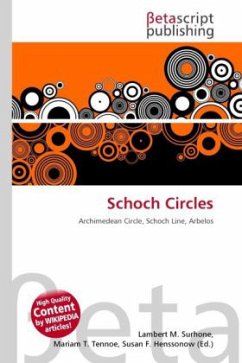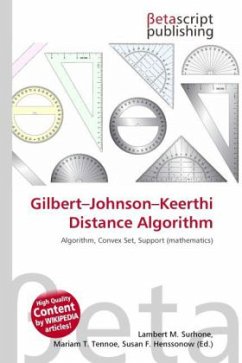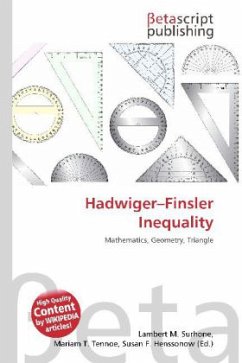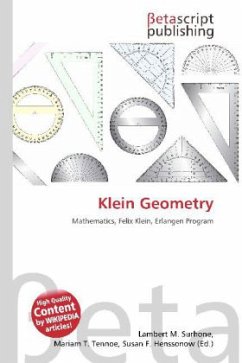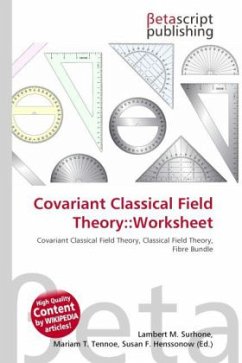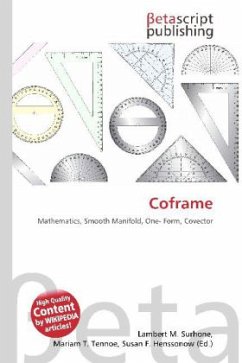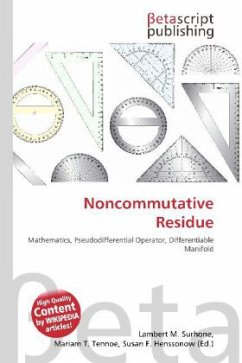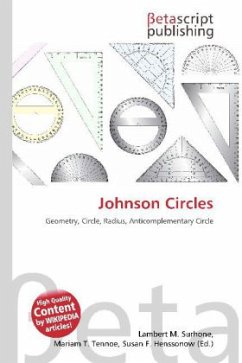
Johnson Circles
Versandkostenfrei!
Versandfertig in 6-10 Tagen
23,99 €
inkl. MwSt.

PAYBACK Punkte
12 °P sammeln!
Please note that the content of this book primarily consists of articles available from Wikipedia or other free sources online. In geometry, a set of Johnson circles comprise three circles of equal radius r sharing one common point of intersection H. In such a configuration the circles usually have a total of four intersections (points where at least two of them meet): the common point H that they all share, and for each of the three pairs of circles one more intersection point (referred here as their 2-wise intersection). If any two of the circles happen to just touch tangentially they only h...
Please note that the content of this book primarily consists of articles available from Wikipedia or other free sources online. In geometry, a set of Johnson circles comprise three circles of equal radius r sharing one common point of intersection H. In such a configuration the circles usually have a total of four intersections (points where at least two of them meet): the common point H that they all share, and for each of the three pairs of circles one more intersection point (referred here as their 2-wise intersection). If any two of the circles happen to just touch tangentially they only have H as a common point, and it will then be considered that H be their 2-wise intersection as well; if they should coincide we declare their 2-wise intersection be the point diametrically opposite H. The three 2-wise intersection points define the reference triangle of the figure.



